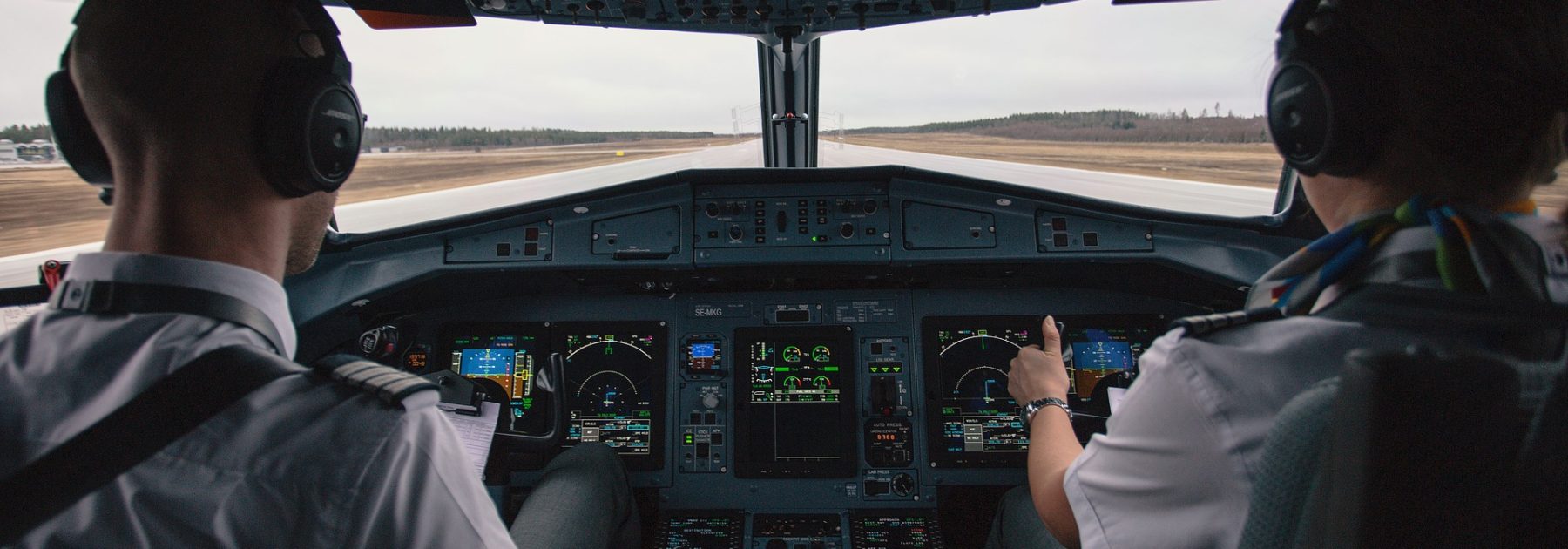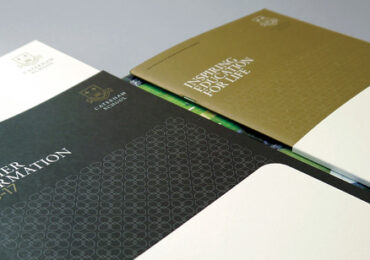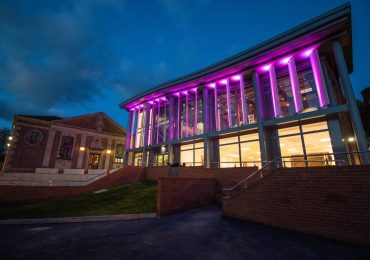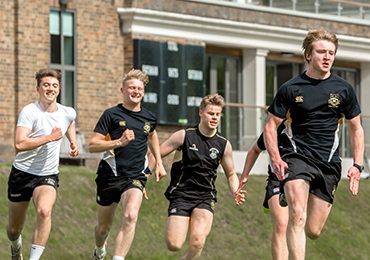Becoming an Airline Pilot
The careers department were delighted to welcome parent Mr Peter Statham to School on Monday 29 April. Mr Statham, a short haul British Airways Captain, spoke to a select group of pupils and parents about his thirty year career as a commercial pilot. He talked us through the three routes into the profession, the training, the cost, what makes a good pilot and why he loves his job so much!
- What makes a good pilot?
- A good pilot is a general all-rounder. Can you demonstrate good co-curricular involvement?
- Medical fitness – you have to pass rigorous medical fitness tests on an annual basis. If you are considering training as a pilot, it is worth finding an authorised airline medical examiner first. This way you can check your eligibility for the role.
- Need reasonable hand to eye coordination – if someone throws you a tennis ball ten times and you drop it eight times, then you might not make a good pilot.
- You do not need to be highly academic – you do not need a degree or maths A Level to train.
- You must have good people skills.
Routes into the profession
Integrated route
- Find a training provider such as L3 Airline Academy
- Cost is around £100,000 – no bank loans available for this so will need to be funded by you/parents etc.
- Sponsorship – very few airlines offer sponsorship now. Aer Lingus is a possible sponsorship route. This may change in the future.
- Training provider will help you find a job on qualification. They say they guarantee a job but this isn’t necessarily true but they do have many contacts and airlines usually approach them saying they are looking for thirty pilots.
Military route
RAF or Navy and then convert to civilian flying when finished.
All costs paid but you are contracted to serve for many years before you can move on – 12 years in the RAF.
Potentially more dangerous as you have to serve in operations all over the world.
Earning potential is not always as good as the civilian route.
Modular route
Build your own training programme in modular form.
- a) Private Pilot Licence (PPL)
- b) Build up your flying hours experience
- c) Ground School exams
- d) Commercial Pilot Licence (CPL)
- e) Instrument training (cloud flying)
- f) Multi-Crew Cooperation (MCC)
Through this route you can pay for each section separately and take the modules when it suits you. Many will continue to work alongside studying.
You can pick modules from different providers and be based anywhere in the world.
No help with jobs at the end. It will be up to you to find one.
Cost is only £50,000.
Not as well respected as the integrated route. Some providers are not as well-known as others, so there can be doubt about the standard of the training you have received.
Can be a little lonely as you won’t be training with the same group of people.
Salary (British Airways)
- Starting salary £37,000 as co-pilot
- After 6 years £72,000
- Captain salary tops at £175,000 but this can be improved through overtime and additional duties to around £250,000
- EasyJet and Ryan Air, the two biggest employers in the UK, have a lower salary structure. Captains earn around £125,000.
Useful resources
BA Future Pilots programme
How to become a pilot – website offering some great careers advice as well as assistance with applications and the recruitment process.
Careers in Aviation
Back to all news





